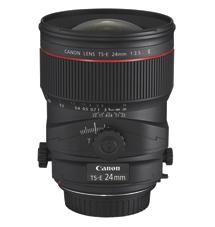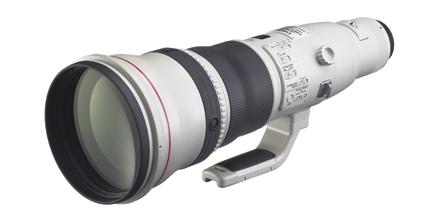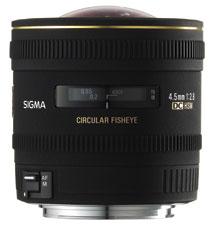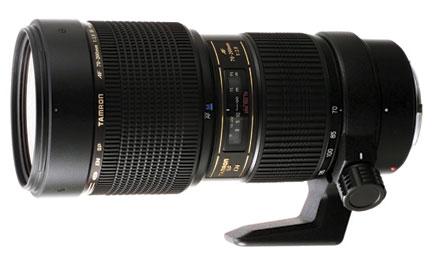Compact Camera NewsCompact Camera ReviewsDSLR NewsDSLR ReviewsFilm Photography NewsLens NewsLens ReviewsMedium Format Camera NewsMedium Format Camera ReviewsMirrorless Camera NewsMirrorless Camera ReviewsNewsPhoto Paper NewsPhoto Paper ReviewsPrinter NewsPrinter ReviewsVideo Camera NewsVideo Camera Reviews
Carl Zeiss Planar T* 85mm f/1.4 And Planar T* 50mm f/1.4; Lenses For Low-Light Photography And More…
|
Aug 01, 2009 |
0 comments
















